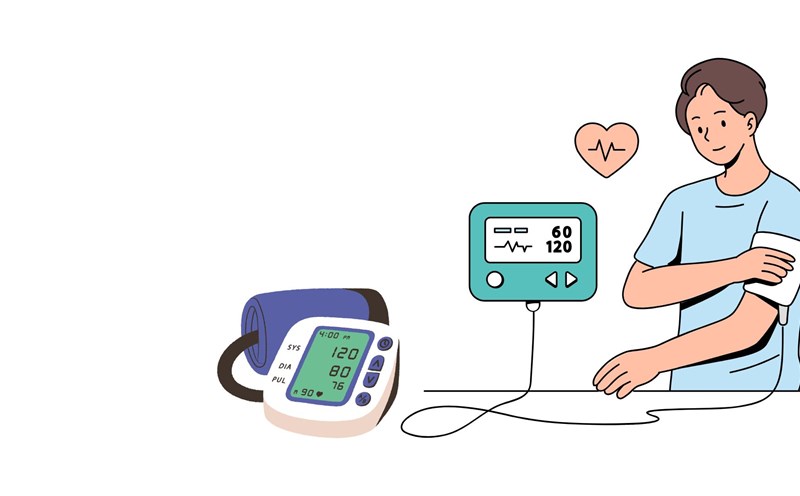When eating bananas, most of us take off the skin without regrets. But according to nutritionists, banana peels are actually a treasure trove containing more nutrients than the fruit intestines.
Bananas peels are very high in fiber, even higher than the banana meat, said nutritionist Avery Zenker, RD at Queen University. 100g of banana peel contains about 3 - 7g of fiber, including both soluble and insoluble fiber, which helps improve digestion, prolong the feeling of fullness and supports regular bowel movements.
Abundant source of potassium, good for the heart
An average banana peel contains about 1,025mg of potassium, equivalent to nearly 40% of the recommended daily intake. According to Zenker, kali is an essential electrolyte that plays a role in fluid balance and blood pressure control. The high potassium content from banana peels even exceeds the amount of banana meat, helping to naturally regulate blood pressure".
In addition, banana peels also contain magnesium, calcium, iron and zinc, which are important minerals for body function.
Rich in antioxidants, immune and anti-inflammatory support
Banana peels are also a rich source of antioxidants such as polyphenols, flavonoids, anthocyanins and carotenoids. These substances help fight inflammation, reduce the risk of heart disease, type 2 diabetes and some cancers.
The polyphenols in banana peels have the ability to neutralize free radicals and protect cells from damage, Zenker said.
adds Dr. Anne VanBeber, a nutritionist at Texas Christian University, said: Carotenoids such as lutein, alpha-carotene and beta-carotene in banana peels also help improve vision and skin health.
Good for cholesterol and blood sugar
Thanks to its high fiber content, banana peels can bind to cholesterol in the digestive system and support elimination from the body. In addition, polyphenols such as catechin and stigmasterol also contribute to maintaining healthy cholesterol levels, reducing the risk of atherosclerosis.
In addition, the fiber in banana peels slows down the absorption of carbohydrates, thereby helping to control blood sugar levels. According to Zenker, this is especially beneficial for people with type 2 diabetes or insulin resistance.
Improve mood and sleep
Another interesting thing is that banana peels contain tryptophan, an amino acid that helps synthesize serotonin, an important neurotransmitter in regulating emotions. Dr. VanBeber said: Along with magnesium, tryptophan in banana peels can help improve sleep quality and reduce anxiety.
How to use banana peels?
If you find it difficult to eat raw, try these cooking methods:
Smoothies: Boil the skin and puree with fruit and yogurt.
Tea: Boil the skin with water for 10 minutes to drink before bed.
Baked goods: Blend the boiled peels, mix into pancakes, banana sprig.
Vegetarian meat: Squeeze the shell, stir-fry with spices like BBQ used to make a mi-squeeze.
snack: Thai sliced, seasoned and then grilled until crispy like French fries.
Banana peels can even be used off the skin: applying banana peels to acne or insect bites can help reduce inflammation and itching, VanBeber shared.
Banana peels are often discarded, but they are actually the most nutritious part of bananas. By properly preparing and cleverly incorporating it into the menu, you can fully take advantage of the health benefits of this natural, friendly and accessible ingredient.











